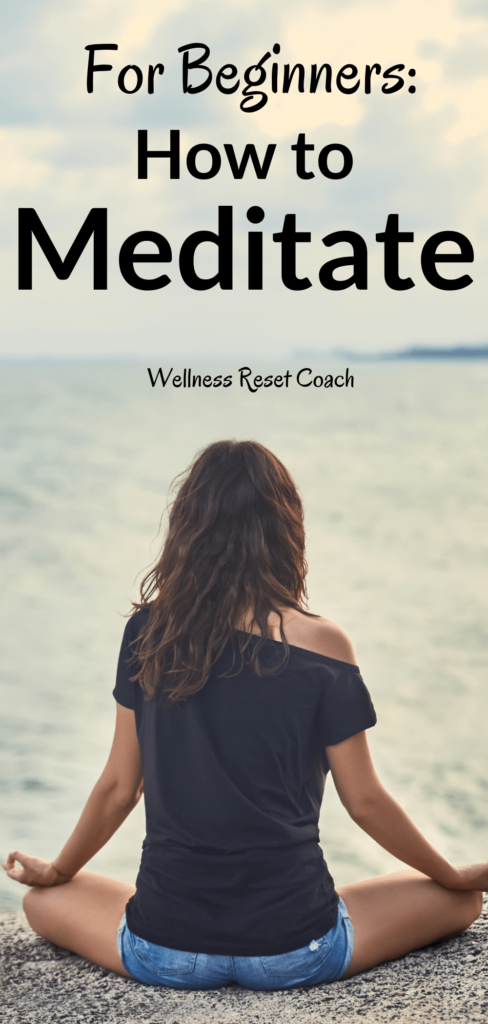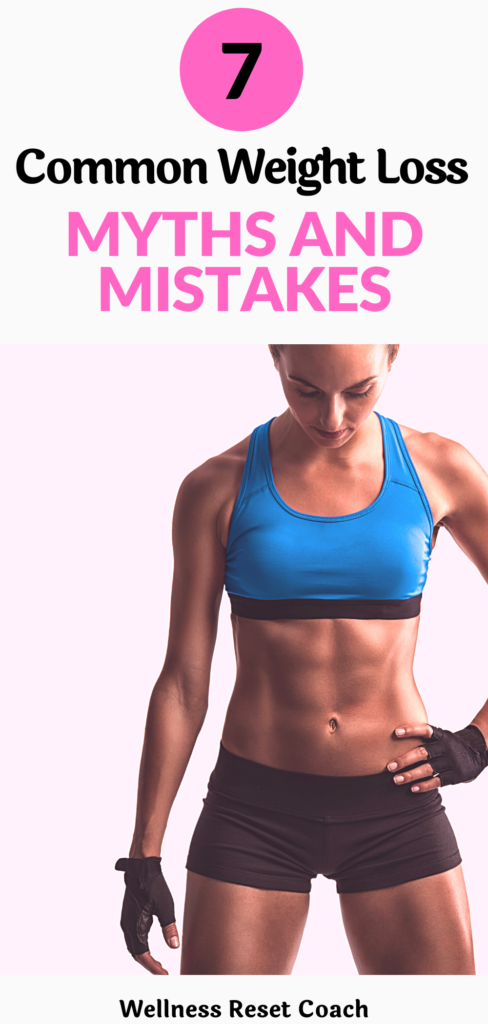

Learning how to meditate can feel overwhelming.
Sitting, breathing deeply, quieting the mind and embodying stillness are all counterintuitive for most of us in this non-stop, busy world.
A few thoughts, doubts and questions may flood your mind when the topic of meditating comes up, like:
- How do I just sit there and think about nothing?
- What’s the point of meditating?
- I’m too busy to waste time sitting for long periods of time.
- What if I fall asleep?
- What if I can’t stop thinking?
So, how do you start? How do you meditate as a beginner?
Let’s get into it––because often the picture we have of meditation is much different than what it actually is.
What is Meditation?
According to Headspace,
“Meditation isn’t about becoming a different person, a new person, or even a better person. It’s about training in awareness and getting a healthy sense of perspective. You’re not trying to turn off your thoughts or feelings. You’re learning to observe them without judgment. And eventually, you may start to better understand them as well.”
Meditation is a way to build awareness and separate ourselves from our body, thoughts and emotions. It helps us become the observer of our own being.
Without this awareness, we likely feel that we are not separate from our bodies, thoughts or emotions and anything that affects those areas immediately affects us––because we identify as our bodies, thoughts and emotions instead of being able to separate from them and observe how outside stimuli makes us feel and think.
And, according to Dr. Joe Dispenza,
“The purpose of meditation is to slow down your brain waves and get beyond the thinking, analytical mind… If you can begin your practice with the understanding that all you’re doing is relaxing your body (just like when you’re falling asleep) while keeping your mind conscious and awake—and if you can continuously move deeper into this state of relaxation while focusing on nothing (or not thinking)—you’ve just opened the doorway between the conscious and subconscious mind.”
He goes on to explain that this is how we can change unwanted subconscious patterns––or ‘programs,’ as he calls them.
The Benefits of Meditation
For those who meditate, the benefits can be life-changing.
And they might be enough to send you into a quiet, seated position to begin your own meditation journey right now!
There are so many amazing benefits, and they’re the kind that can bring deep healing and inner freedom into your life. Sounds worthwhile, right?
Let’s look at several of them. For instance, meditation can:
- Reduce anxiety and depression
- Improve concentration and attention
- Boost moods
- Build compassion for others and for self
- Ease aggressive tendencies
- Support healthy sleep and weight loss
- Develop and deepen self-awareness
- Promote kindness
- Reduce memory loss
All of these benefits come from practicing mindfulness through meditation, and according to Mindful.org,
“In mindfulness practice, we are learning how to return to, and remain in, the present moment—to anchor ourselves in the here and now on purpose, without judgment.”
How to Meditate
So, do you start meditating as a beginner? It’s really quite simple to get started.
Just remember to start small and approach your meditation practice with kindness. And if it doesn’t go how you plan, allow yourself to accept that as part of your journey.
As you practice consistently, your mind will become quieter, and you will be able to release expectations and enjoy the process.
Self-Guided Meditations
- Sit comfortably in a quiet place
- Set a timer
- Observe your body (how your fingertips feel, where your body is touching the ground or perhaps a chair, etc.)
- Draw attention to your breath and how it flows in and out
- As your mind wanders, gently bring it back to the breath
- Come back slowly by opening the eyes, taking in your environment and noticing how you feel
And that’s it!
Guided Meditations
Of course, as simple as it sounds, staying present and focused in silence is still difficult for many of us. Listening to guided meditations can be a more approachable way to get into the practice.
Download any of these apps for guided meditations:
Or, visit YouTube for endless meditation options.
Walking Meditations
Walking, or moving, meditation is a way to bring a more mindful and present focus into your daily life.
There are numerous ones on YouTube and Spotify, and they’re handy to do in addition to a more still meditation practice to serve as a gentle reminder to stay present throughout your day.
You can even do these at the gym, as you practice yoga or at work to refresh yourself mentally.
Bring Meditation into Your Yoga Practice
A beautiful way to combine the breath, movement and physical awareness of yoga with the self-awareness and mindfulness of meditation is to practice them together.
A daily yoga practice––no matter how long––brings breath work and body awareness into your life, while a daily meditation practice uses those tools to take you further into mindfulness and awareness of yourself as the observer.
Plus, if you meditate after an active yoga practice, your body is more ready to rest and your breath is more centered, full and relaxed.
How to meditate as part of your yoga practice:
- Simply, finish your yoga practice in Savasana for at least 10 minutes, and gently come out of your relaxation and into a seated position.
- Feel yourself ground into your mat and begin to relax through the body. Take a few moments to be aware of your body and notice sensation, placement and feeling throughout.
- Incorporate a few minutes of breath work, like alternate nostril breathing to prepare your body and mind for meditation.
- Then, begin to settle into your mat, return to normal breathing, and allow yourself to just be.
You can also turn on a guided meditation here to finish out your practice, if you’d like.
When you slowly and kindly come out of meditation, feel free to move through your body with simple stretches to wake everything up and notice how you feel.
Allow yourself the time you need to re-engage with your environment, and perhaps pick a mantra to say throughout the day to remind you of your practice and to bring you back to the present moment.
Let us know if you try meditating and how it goes for you!




